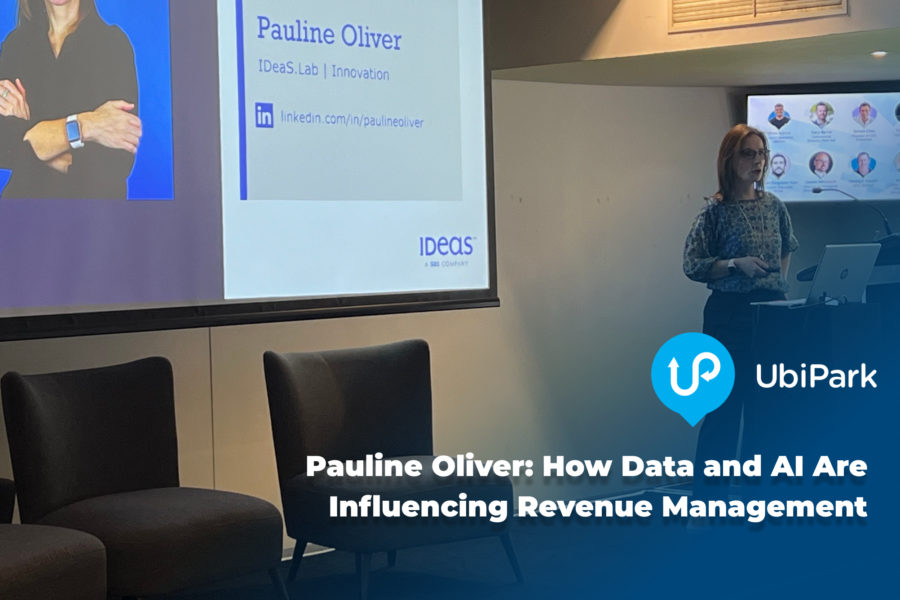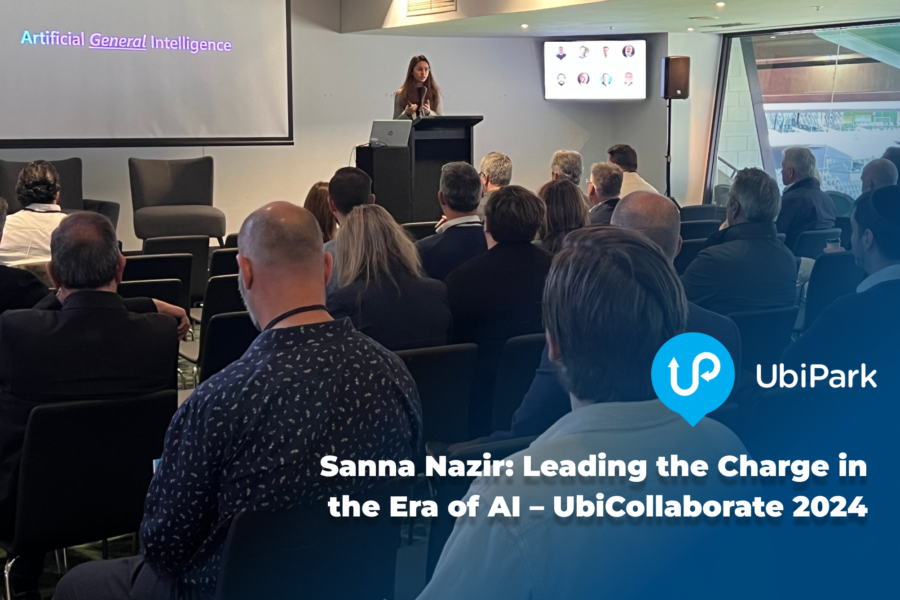Ride-sharing services are increasing city congestion
March 22, 2019
This article first appeared in the Herald Sun
Congestion in Melbourne is costing our economy an estimated $4.6 billion a year and is expected to rise to between $7.6 and $10.2 billion by 2030 unless addressed.
This problem us only going to get worse, in part thanks to the increase in ride and car-sharing services, such as Uber. Couple this with increase in on-demand delivery services and population, and it’s obvious our car use is likely to explode – as is congestion.
When ride-sharing platforms such as Uber entered the market, they promised to reduce congestion in our cities by providing a convenient transport option and encouraging many to leave cars at home.
However, recent research suggests ride-sharing (not to be confused with car-pooling) is increasing congestion.
The most notable study is one conducted in the US, which found the number of cars in Manhattan seeking-ride sharing fares rose by 81 per cent, to 68,000- five times the number of yellow cabs in the city. In fact, there were so many that they spend about 45 per cent of their time empty, cruising for fares. Ride-sharing essentially became an on-demand taxi service.
Australia is on similar trajectory. According to Statistica, it’s expected ride-sharing revenue will grow by 15 per cent in 2018 to $770 million, with 2.8 million Aussies using ride-sharing services.
Further, due to the affordability of ride-sharing platforms, research states people are using them instead of public or active transport.
That means fewer people on larger transit vehicles (trains, buses, trams) and more small vehicles on our roads.
Car-sharing is another service promising to reduce congestion. According to GoGet, for every one of its car-share vehicles, they take about 10 private vehicles off the road. In fact, analysis by GoGet in June found car-sharing operators removed more than 32,000 cars from city roads.
This is a good thing, right?
Well, much like ride-sharing services, car-sharing makes cars more accessible due to their low rental cost. This leads to the same issue of decreased public transport usage. Instead of taking the bus or walking to the shops, people in Melbourne are renting cars for short trips in urban areas. These vehicles take up parking spaces within Melbourne, which are left empty when the vehicle is in use.
The City of Melbourne approved a policy that will create 2000 car-share spaces by 2021- that’s 2000 fewer spaces for motorists.
Instead, we should be looking at new dynamic parking technologies, which enable motorist to use the space when it’s not in use.
These problems are only going to be exacerbated as the popularity of car-sharing grows.
According to IBISWorld, Australian car-share sector revenues will rise at 21 per cent annually over the next five years, to about $265 million.
With ride-sharing and car-sharing growing in Melbourne, congestion will get worse. We need to start taking a holistic view of all our transport options, reduce our reliance on cars and use public transport.
But, to achieve this, we will need to integrate the different transport options and technology platforms and offer solutions for access and payments.
And we need to encourage private companies and the public sectors to work together to create a transport network that meets the needs of Melburnians.
No easy task. But, if we act now and start working towards an integrated transport offering, we’ll be able to be better address congestion and reduce our reliance on cars.



